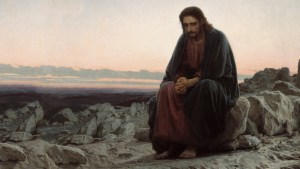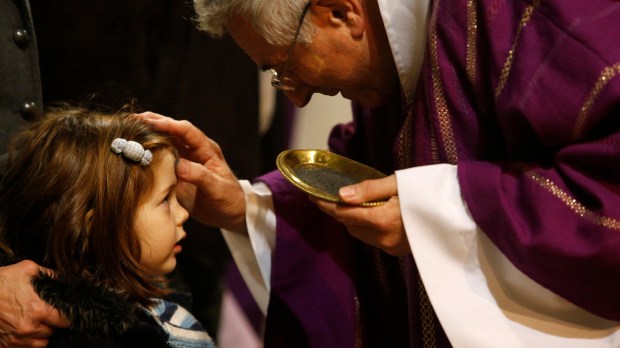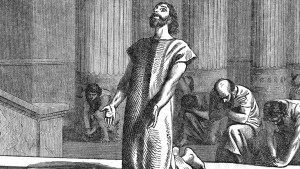One of the most interesting liturgies of the liturgical year is Ash Wednesday, where Catholics around the world receive ashes on their foreheads.
Here are five things to know about Ash Wednesday.
1
Ash Wednesday is not a holy day of obligation
The primary reason why Ash Wednesday is not a holy day of obligation is because it is a day of fasting, as opposed to a day of feasting.
2
Ashes remind us of our mortality
The prayer once used by the priest to impose ashes on the forehead of an individual is meant to remind us of our mortality and the consequences of Adam and Eve’s original sin. The prayer, “Remember you are dust and to dust you shall return,” is a direct quotation from the book of Genesis when God is delivering his judgment to Adam and Eve after they eat from the Tree of Good and Evil.
By the sweat of your brow you shall eat bread,Until you return to the ground, from which you were taken; For you are dust, and to dust you shall return.
Genesis 3:19
Today the admonition “Repent and believe in the Gospel” is pronounced as ashes are imposed.
3
Ash Wednesday is a day of Fasting and Abstinence
According to the USCCB, the following rules for fasting are in force for those between the ages of 18 and 59.
Fasting on these days means we can have only one full, meatless meal. Some food can be taken at the other regular meal times if necessary, but combined they should be less than a full meal. Liquids are allowed at any time, but no solid food should be consumed between meals.
Ash Wednesday is also a day of abstinence from eating meat for all those 14 and older.
4
Easter is 46 days after Ash Wednesday
The six Sundays in Lent are not considered part of the official “Lenten fast” (every Sunday is a special remembrance of the Resurrection of Christ), and so if you subtract six from 46, you get the famous 40 days of Lent.

5
Sackcloth was originally part of Ash Wednesday
Initially the Ash Wednesday ritual was much more involved and was reserved for “public sinners,” who were required to perform public penance so that they could be admitted back into communion.
In imitation of the prophets of the Old Testament, these penitents wore sackcloth throughout the entirety of Lent, along with ashes on their heads.
Lent was also the time of final preparation for those who would celebrate the sacraments of initiation — Baptism, Confirmation, and First Communion — at Easter. Today, this restored practice is part of the Order of Christian Initiation of Adults.


